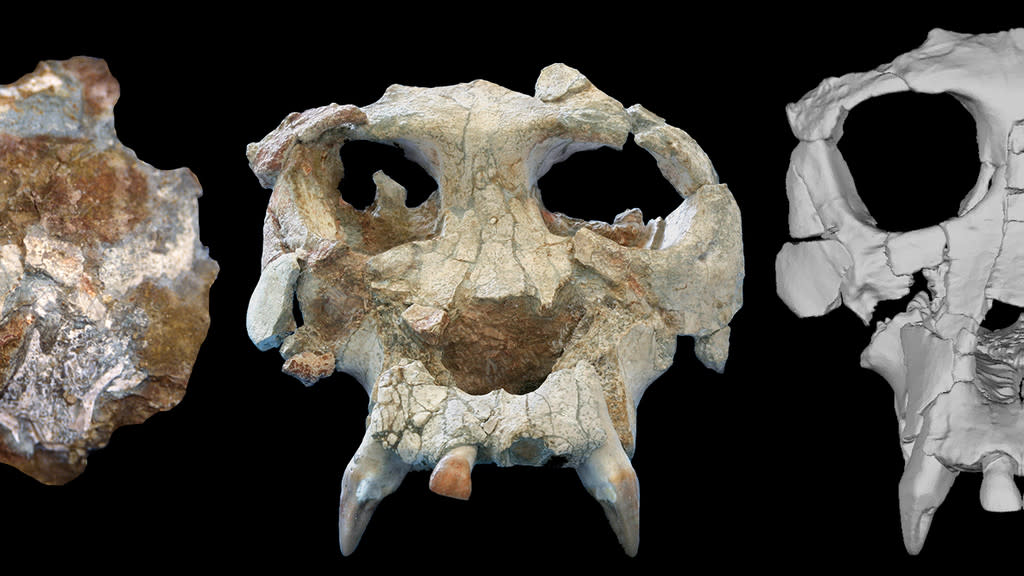Scientists recreate face of 12 million-year-old ape

Scientists have successfully reconstructed a skull belonging to an ancient European great ape, potentially tracing it back to one of the earliest ancestors of the human race using cutting-edge CT scans.
The remarkable discovery sheds light on the origins of the species known as Pierolapithecus catalaunicus, which was part of a group of now-extinct ape species inhabiting Europe between 15 and seven million years ago.
The extraordinary find becomes even more valuable due to the rarity of obtaining both a cranium and a partial skeleton from the same individual, allowing researchers to delve deeper into the annals of human evolution.
Ashley Hammond, Associate Curator and Chair of the American Museum of Natural History's Division of Anthropology, says: "One of the persistent issues in studies of ape and human evolution is that the fossil record is fragmentary, and many specimens are incompletely preserved and distorted. This makes it difficult to reach a consensus on the evolutionary relationships of key fossil apes that are essential to understanding ape and human evolution."
The remains of Pierolapithecus catalaunicus were initially unearthed in Catalonia, Spain, in 2002 and were first documented in the journal Science in 2004. The discovery included parts of the skull, as well as various bones such as vertebrae, ribs, and segments of the hands and pelvis.
The results of the research have been published in the journal Proceedings of the National Academy of Sciences, offering a more comprehensive understanding of our shared evolutionary history with these ancient European great apes.


